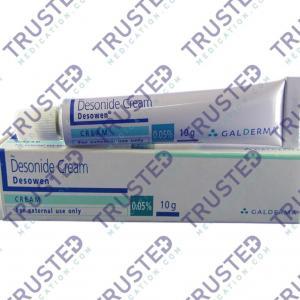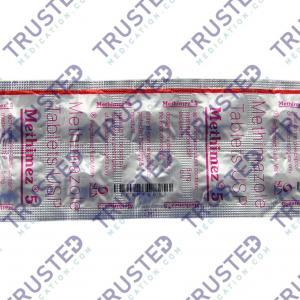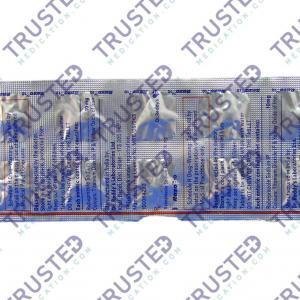
Dyshidrotic eczema, also known as pompholyx is a skin condition that causes small, itchy blisters on the hands and feet. It is a common form of eczema that affects younger adults, particularly women, between the ages of 20 and 40. While the exact cause is unknown, it appears to run in families, suggesting a genetic component.
What Causes Dyshidrotic Eczema?
The exact cause of dyshidrotic eczema is not fully understood. However, several factors can trigger dyshidrotic eczema, including:
· Stress
· Sweaty or moist hands and feet.
· Contact with metals like cobalt, nickel, or chromium salts.
· Warm and humid weather
· Immunoglobulin-based therapy for weakened immune systems.
· HIV infection
· Seasonal allergies
What are the Symptoms of Dyshidrotic Eczema?
The most visible sign is the presence of tiny, irritating blisters. These frequently appear in bunches. You might also have:
· Red, cracked skin
· Itchy, burning pain blisters
· Sweaty skin around the blisters
· Blisters on the edges of toes, soles of feet, finger and palm.
· Changes in nail color
Who Does Dyshidrotic Eczema Affect?
Dyshidrotic eczema can anyone, but it is more common in adults aged 20 to 40. Women are slightly more likely to develop dyshidrotic eczema than men. Those with a history of other types of eczema may be at an increased risk of developing this type of eczema.
Who is at Risk for Dyshidrotic Eczema?
Several factors can increase the risk of developing dyshidrotic eczema, including:
- Having another form of eczema, such as atopic dermatitis
- Having a family history of eczema, hay fever, asthma, or allergic sinusitis
- Having an allergy, particularly to nickel or cobalt
- Having sweaty hands or feet
- Working as a metalworker or mechanic
- Working with cement
How is Dyshidrotic Eczema Treated?
Self-care measures include:
- Avoiding triggers like allergens, stress, and irritants.
- Soaking the affected area in cool water to relieve itching and inflammation.
- Applying OTC topical creams or ointments like corticosteroids to reduce itching and inflammation.
- Keeping the skin moisturized with fragrance-free creams or ointments.
- Apply cool compresses as needed to relieve irritation and itching.
- Applying moisturizers to improve dry skin.
- Drying hands and feet after bathing or swimming.
Medical treatments include:
- Prescription-strength steroid creams
- Oral medications like antihistamines and corticosteroids relieve the symptoms.
- Immunosuppressants to suppress the immune system.
- Phototherapy involves exposing the skin to ultraviolet light.
Dyshidrotic Eczema Prevention
While it may not always be possible to prevent this type of eczema entirely, several strategies can help reduce the risk of flare-ups:
· Avoiding triggers
· Managing stress
· Keeping the skin moisturized with fragrance-free creams or ointments.
· Getting plenty of rest.
· Maintaining good hand hygiene.
Dyshidrotic eczema, characterized by small, itchy blisters on the hands and feet, can be a challenging condition to manage. Consult with your doctor if you experience itchy and painful skin blisters. Over-the-counter ointments, lotions, and medicines can help with mild dyshidrotic eczema. More severe cases may need prescription drugs or other treatments.








